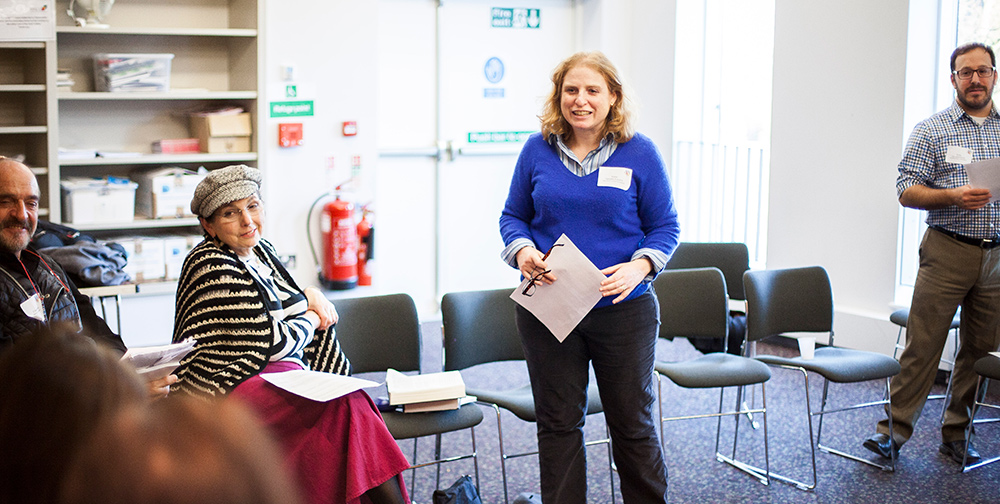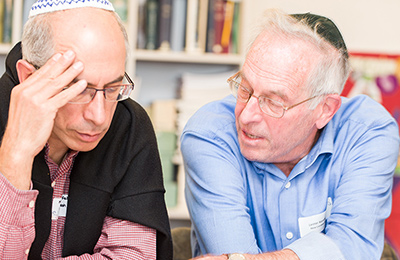Shabbat Shekalim – Vayakhel

This Shabbat gets its name of ‘Shekalim’ from its maftir from Sh’mot, Exodus, 30:11-16, which is read from a second Sefer Torah. It is the first of four ‘special Shabbatot’ read at this time of the year. When it is not a Jewish leap year, the Shekalim maftir is most usually read following the weekly portion of Mishpatim, and in a leap year, such as this, it is read with Vayakhel or Pekudei. The crucial point is that it is read on the Shabbat immediately before Rosh Chodesh Adar, (AdarSheni in a leap year), or indeed on Rosh Chodesh if that should be a Shabbat.
We read of a census requiring every Israelite male from the age of 20 to contribute half a shekel to support the Mishkan, the portable tabernacle, and then later the Temple. We are familiar with the word ‘shekel’ from the currency of the State of Israel, though in fact the shekel, the unit of weight/currency of ancient times began to be used again in the modern state only in 1980.
We know that there are various customs in Judaism which prohibit counting, and perhaps it is significant that in this case, the counting was not directly of people, but of coins. It was also very egalitarian, not in the way we might use the word, as it clearly only applied to males, but because there was no distinction to be made between rich and poor. In one way this may seem unfair, but it was a reminder that everyone contributed to the community, and indeed our sources teach that even the recipient of tzedakah is required to give something. The half shekel is also described in our maftir as a ‘ransom’ or ‘atonement’. One suggestion is that as the counting was for a military census, and war involves the shedding of blood, this somehow made atonement in advance. There is also a suggestion that ‘a ransom for himself’ is a way of expressing gratitude to God for God’s gift of life, something we must never take for granted. The money had to be collected by the first of Nisan, and the practice of reading this section was as a reminder at the beginning of the previous month.
We can see this as just as an ancient tradition or we can give it a new significance. Clearly we must apply it to both men and women, and in one way it is the equivalent of Shul fees. When the first Zionist Congress was held in Basel in 1897, a contemporary value was given to the shekel to be an annual tax to the World Zionist Organisation for every Jew who recognised the Basel programme, which aimed to build for the Jewish people a home in Palestine. Thus it became a symbol of what was hoped would be the new state, and at various times since, different causes have urged a ‘shekalim levy’ to support a particular cause, and recall the original practice.
There is an importance to everyone being asked for the same amount, and we can derive many teachings from it. However, in addition to the fixed amount, we also read this Shabbat a portion which speaks of the importance of bringing tangible gifts to the sanctuary, and of contributing skills. Thus we remember that the upkeep of our synagogues and organisations need both basic contributions, and additional gifts of time and money.
Rabbi Amanda Golby provides rabbinic pastoral support at New North London Synagogue and has a special interest in areas of inclusivity relating to Judaism and illness ageing.




